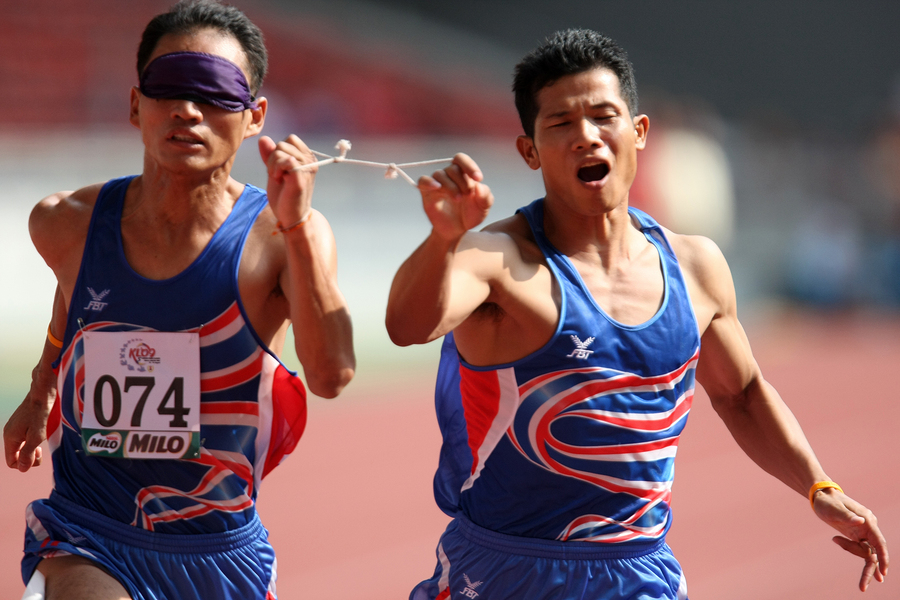Step by Step
I would like to make a documentary about a person I read about online while researching a running club called the Runninghour.
His name is Hock B..
Hock B. is blind. However he does not let this stop him Despite his visual disability, he leads an active life. He is a runner and a tennis player. With him as a main character, there are many topics to touch upon. There’s his life story about going blind, the ambitions he had/has and the struggles he faces. There are the two sports he is active in. Soundball is a form of tennis played by blind people. And then there is his running club Runninghour.
A huge issue with my documentary idea is access. I found out about Hock B. while reading an article. He’s an interesting person, however, I do not have a direct contact to him. (Facebook)
Advantages: Real person, emotions, a lot of potential visually, play with darkness and sound, inspiring
Disadvantages: ACCESS


